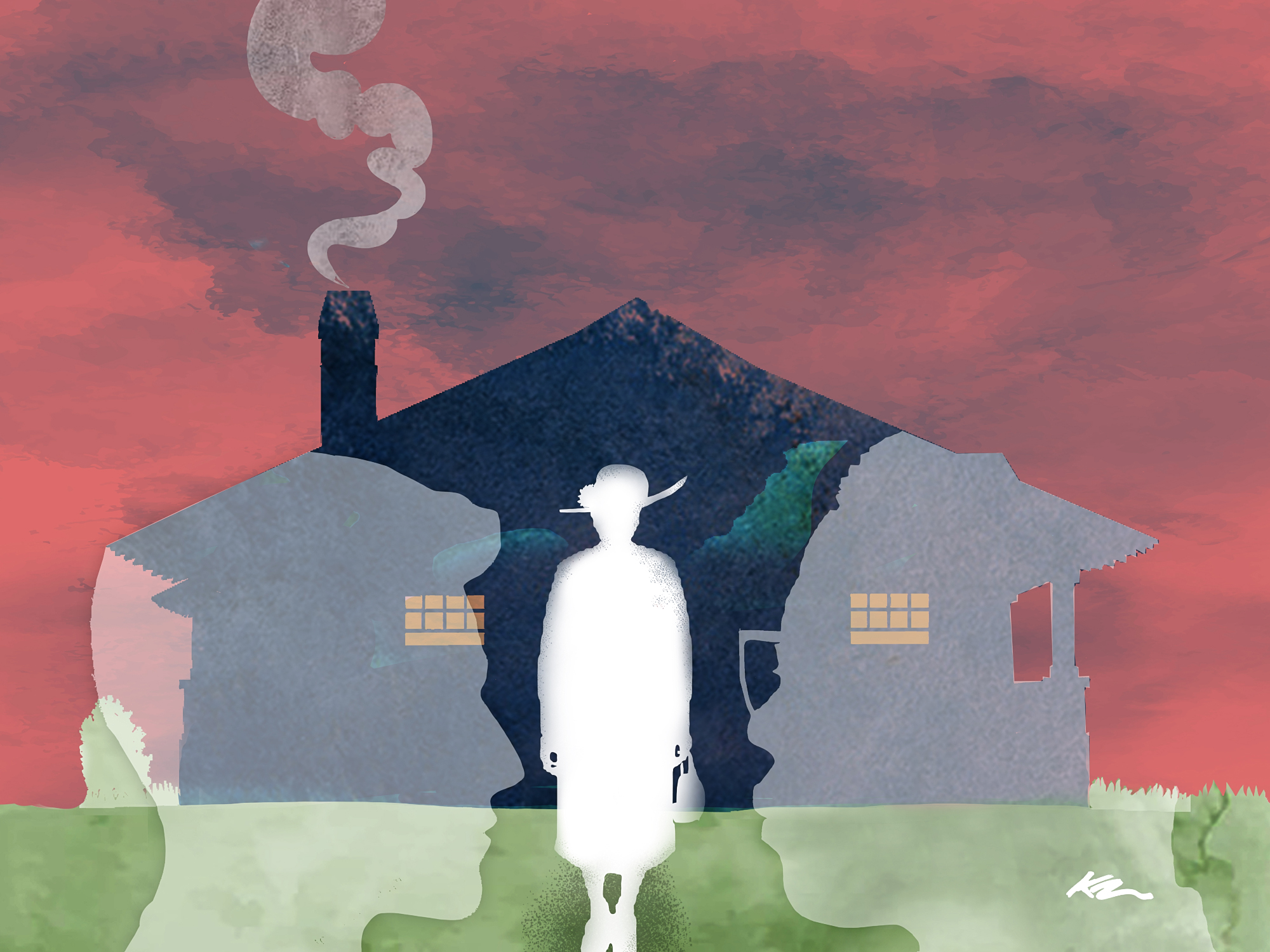After five days on a cross-country bus, I arrived in Palo Alto carrying my possessions in a suitcase. It was September 1960. I had been accepted as a doctoral candidate in Stanford’s sociology program and needed to find a place to live.
As I looked through a box of index cards with listings for off-campus lodging, I was not surprised that some specified “white only.” I did not know that East Palo Alto was the local Black enclave until I rented a room in the home of an elderly churchgoing woman. She reminded me of one of my aunts.
It was a fine arrangement. Perhaps I reminded her of one of her nephews. But I had no car, and after a few months of making the commute, I began looking for a place closer to campus. This time, I had a prospective housemate—another graduate student, named Tom.
We found a place in Menlo Park that seemed to fit our needs. The owner, Mrs. G, lived in San Francisco and sounded delighted to hear from us—graduate students, older and more mature. We made an appointment to meet at the residence.
She looked to be in her mid- to late 50s. Prim. Carrying a little handbag. We made small talk, and Tom and I looked around. It was nice. There was even room for a third tenant. But when we told Mrs. G that we would like to rent the place, she demurred.
Mrs. G’s pronouncement gave Tom his first glimpse of the day-to-day racism that Black Americans encounter.
Then she said it: She could not rent to a Negro. Given that Tom was white, I assumed she was talking about me. She was worried about the neighbors, but, on a deeper level, she also seemed to feel it was simply not right that Blacks and whites should live in proximity as equals.
Mrs. G’s pronouncement gave Tom, who was from Kansas, his first glimpse of the day-to-day racism that Black Americans encounter. It offended his sense of decency and fairness. We returned to campus and spoke with sociology professor William McCord, who in turn made a phone call. We wound up speaking with Franklin Williams, a state attorney who would later join the Kennedy administration. He promised that his office would look into the matter and call us back.
A few days later, we heard from Williams. He had spoken with Mrs. G about California’s new antidiscrimination laws. He was of the opinion that she had followed conventional thinking about race all her life but hadn’t given it much thought. She did not want to wind up in court; she didn’t want any trouble. She agreed to rent the place to us.
Williams’s assessment was probably correct. In September 1961, nine months after Tom and I had moved in, Mrs. G asked to discuss something with me.
She was getting old, she said, and tiring of her monthly trip down the Peninsula to collect the rent. She wanted someone reliable to manage the place—see to any work that needed to be done, screen new tenants, and the like. Would I be willing to assume that role? It would be in exchange for a rent reduction, of course.
For a moment, I considered it, even though I knew in my heart that there were certain roles I was not cut out for, landlord being one of them.
I thanked her, and I passed on the offer.
John Howard, PhD ’65, lives in Mount Vernon, N.Y. Email him at stanford.magazine@stanford.edu.



